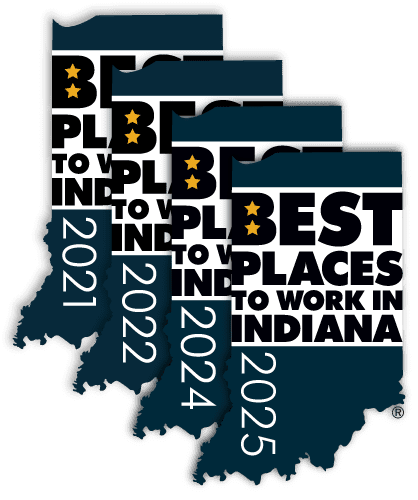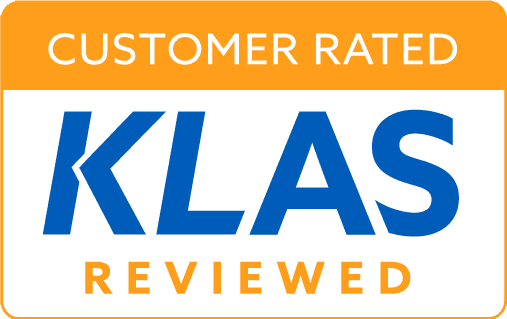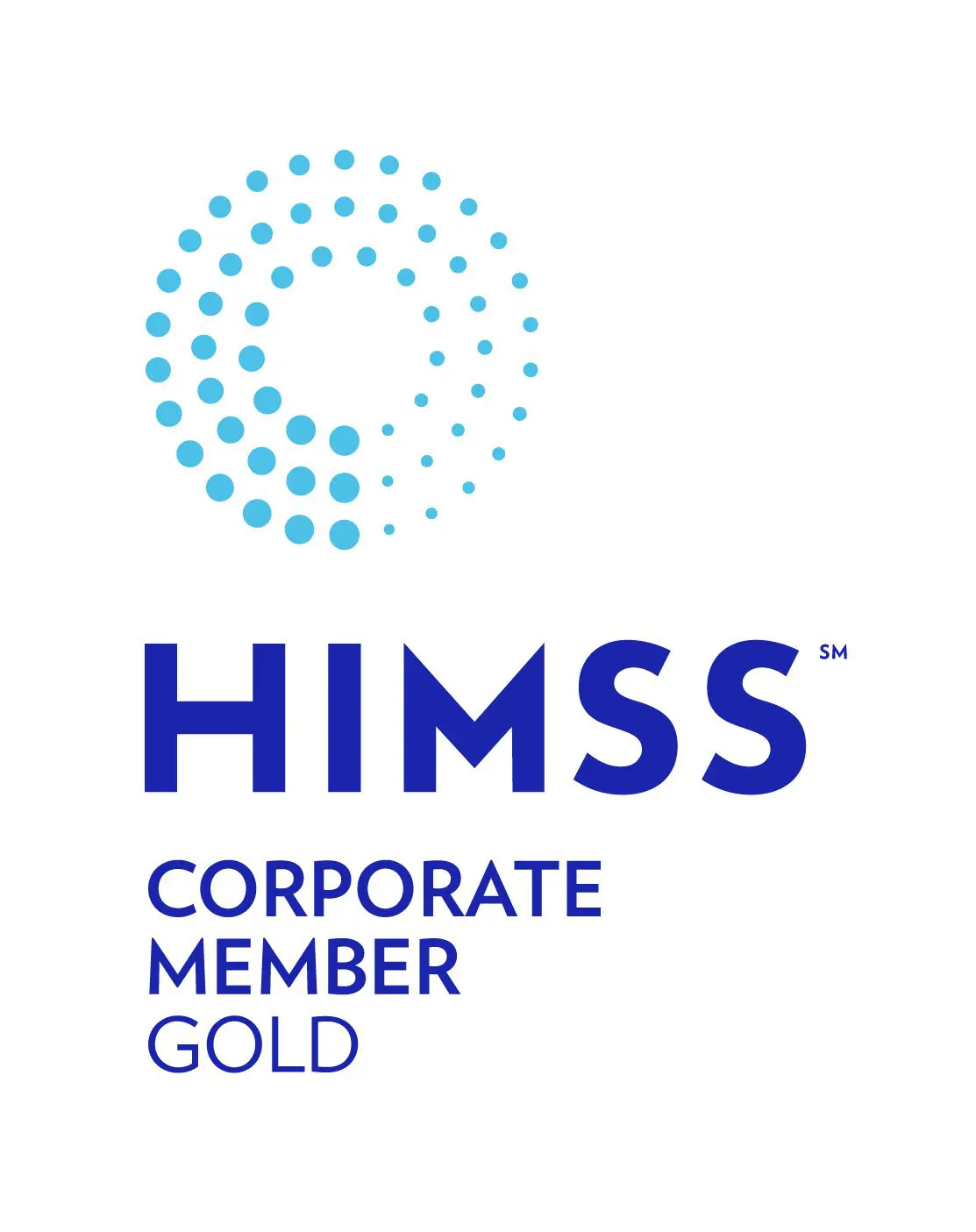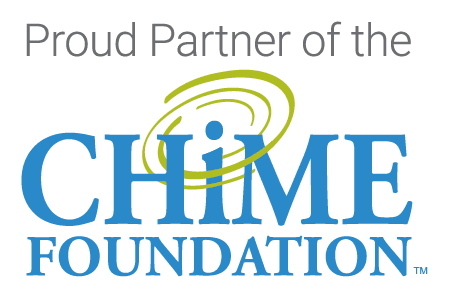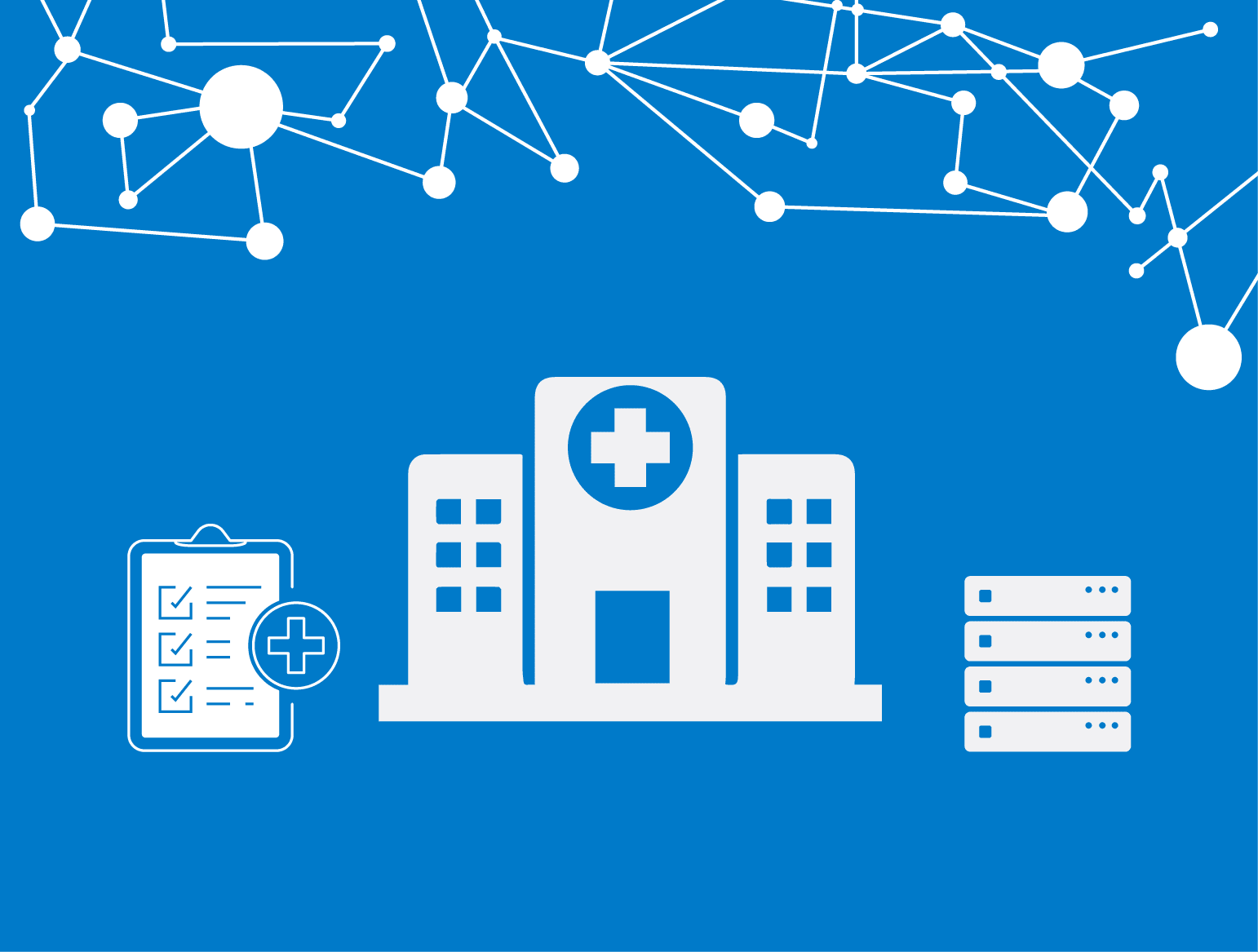
The 21st Century Cures Act requires health records be agile and shareable between providers and patients. This is not a simple task, since the average American adult moves 9.1 times after age 18, the volume healthcare information represents 30 percent of the world’s data, and most hospitals have simply added more and more EHR systems, with many running at least 10 EHRs in place with 16 disparate EMR vendors.
To ensure a seamless – few clicks to the information approach – a lot must happen behind the scenes. Bottom line: Healthcare providers, and specifically those in health IT, have their work cut out for them to manage all the data and systems within their care.
Replacing EHR Systems is a Necessity
With the high volume of medical records and EHR systems in play at most healthcare organizations, streamlining the IT portfolio is a smart and necessary step. Over time, there are three main reasons healthcare providers replace their EHRs:
- The healthcare system is in merger and acquisition mode and determines one main go-forward system for the enterprise
- There are overlapping, redundant systems
- The EHR system(s) doesn’t meet the future needs of the organization
Regardless of the “why,” when the EHRs are being replaced, the patient, business and financial records contained in legacy systems must follow record retention laws to remain compliant, secure, and available in the future. According to AHIMA, there are ten reasons to keep legacy health records.
10 reasons patients and clinical care partners will need access to legacy medical records in the future:
- Preparing a personalized, comprehensive, longitudinal timeline for care coordination
- Preparing to participate in shared decision-making at appointments
- Appealing insurance denials
- Preparing advance directives and discussing end of life care
- Preventing dangerous delays in care
- Checking for medication errors to improve patient safety
- Avoiding redundancy in care, such as unnecessarily repeating tests or imaging
- Preventing billing errors and fraudulent claims
- Researching potential clinical trials for treatment planning
- Contributing data to scientific research
How We Can Help Maintain Legacy Records
An active archive is part of an overall solution to ensure the full historical patient narrative can be delivered wherever it needs to go… now and in the future. To assist healthcare delivery organizations with long-term health data management, Harmony Healthcare IT has developed a suite of products and services that consolidates data stores, reduces out-of-production system maintenance costs, mitigates technical risk, complies with record retention mandates, and offers both interoperability and data analytics capabilities.
To start, customers’ legacy systems get inventoried and prioritized in an online application rationalization tool called HealthData Planner™. As decisions are made to decommission a legacy system, structured and unstructured data is either extracted and converted to a go-forward system (i.e., Epic, Cerner, MEDITECH) or migrated and secured onto one of the company’s active archive solutions, HealthData Archiver® or HealthData AR Manager®.
Records are then activated for interoperability with other systems, entities or consumers via HealthData Integrator®, which provides a set of tools or APIs based on common industry standards such as USCDI, FHIR, HL7, C-CDA, XML, or Direct. This also helps enable compliance with regulations of the 21st Century Cures Act.
Our Records Release Service
Our Records Release service supports healthcare facilities facing closure or M&A in meeting long-term regulatory requirements for protected health information. For healthcare providers facing closure or acquisition, our Records Release service allows healthcare providers (or their trustees) to confidently outsource release of information responsibilities. This service supports the future release of information that may be needed for any of the ten reasons above for patient care, litigation, insurance audits, validation of employment, etc.
Looking for an experienced partner to support your organization’s long-term data management goals?
Let’s connect.

